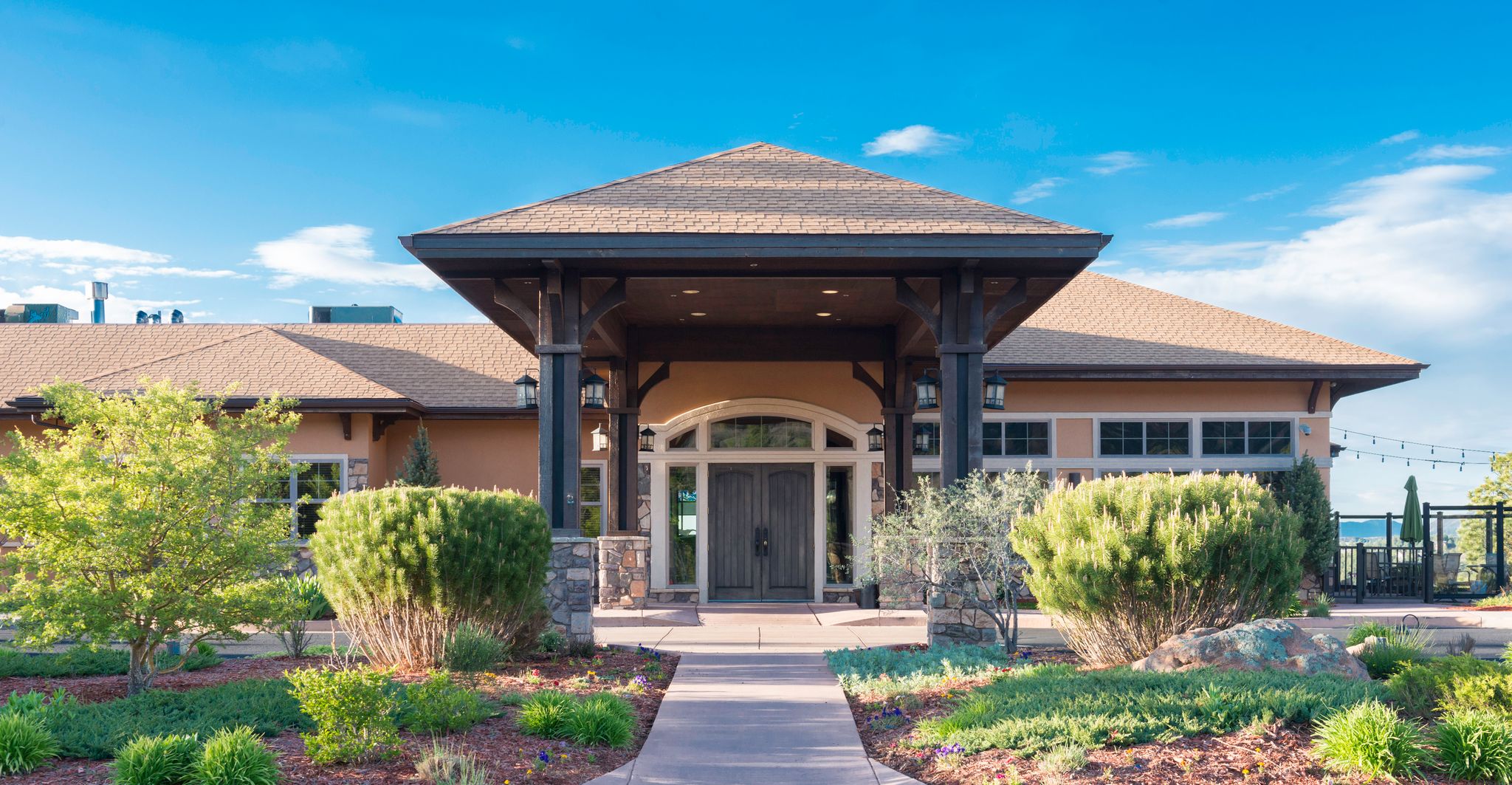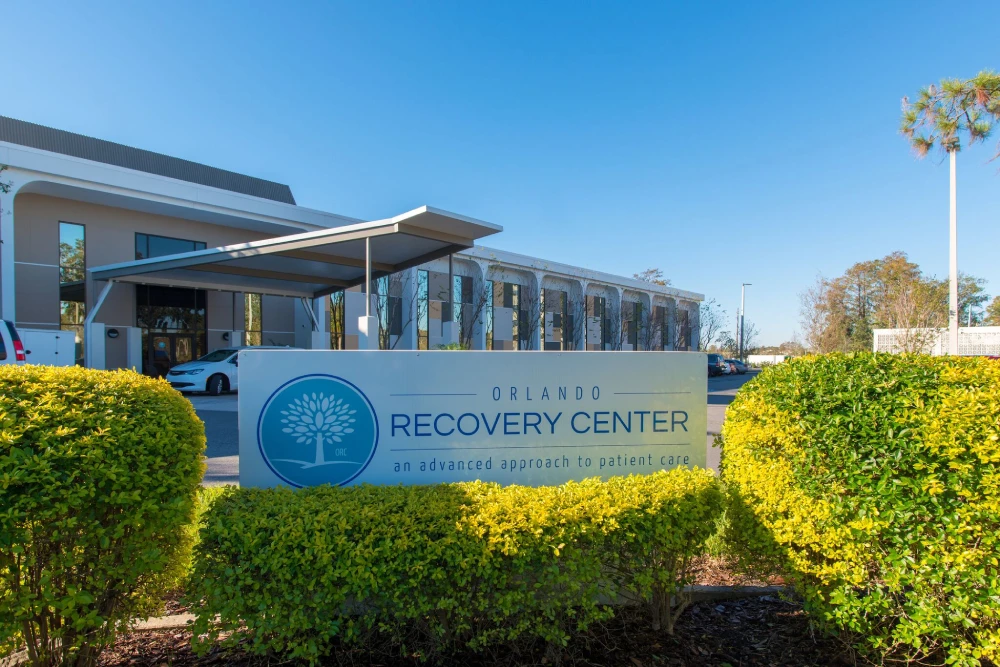Roxicodone Overdose | Signs, Treatment, and How Much Roxicodone Leads to Overdose?
Roxicodone is a brand name medication, also known asoxycodone hydrochloride. Roxicodone is a potent analgesic opioid that’s used to treat moderate to severe pain. Roxicodone is 1.5 times more potent than morphine. Roxicodone can be highly addictive and has a high potential for overdose. It’s classified as a Schedule II substance by the Federal Drug Administration (FDA).
Roxicodone should not be mixed with alcohol or other central nervous system depressants, including benzodiazepines like Xanax, non-benzodiazepine sedative/hypnotics, muscle relaxants, tranquilizers, and other opioids. The combined use of these substances greatly increases the risk of overdose and potentially fatal respiratory depression.
Common side effects of Roxicodoneuse include nausea, vomiting, dizziness, constipation, dry mouth, somnolence, fatigue, itching, and excessive sweating. Less common side effects may include nervousness, diarrhea, hiccups, loss of appetite, urinary retention, shortness of breath, and abdominal pain.
Symptoms of Roxicodone Overdose
Roxicodone overdose is characterized by three primary symptoms known as the “opioid overdose triad.” These include severe respiratory depression, constricted pupils, and significantly decreased level of consciousness.
Someone with significantly decreased levels of consciousness can deteriorate rapidly from being fully alert to somnolence, stupor, and coma. Constricted pupils will likely be maximally constricted or “pinpoint” and can become unresponsive to dramatic changes in light.
The third and most critical indication of Roxicodone overdose is severely decreased respiration.
Roxicodone Overdose Signs
Roxicodone is a powerful central nervous system depressant. It suppresses the automatic urge to breathe by inhibiting the brainstem’s ability to evaluate carbon dioxide levels in the blood. Under normal circumstances, the brainstem triggers the lungs to breathe when carbon dioxide levels become elevated. In the event of a Roxicodone overdose, the brainstem may fail to respond to carbon dioxide toxicity in the blood. The result, if undealt with, is oxygen deprivation (hypoxia), cardiovascular depression, coma, and death.
Other signs of Roxicodone overdose include poor coordination, muscle flaccidity, cold and clammy skin, low blood pressure, slow heart rate, and blue lips and fingernails.
How Much Roxicodone Leads to Overdose?
Roxicodone comes in a tablet form and is intended to be orally administered. Tablets are available in 5 mg, 15 mg, and 30 mg doses.
The amount of Roxicodone necessary to overdose depends on several factors, including the patient’s age, size, weight, opioid tolerance, genetic predispositions, overall physical health, and liver and kidney function.
In general, patients who are smaller in size tend to require less of the drug to achieve the desired effects and are more prone to complications at lower doses.Opioidtolerance plays a major role as well. Individuals who are opioid-tolerant are typically able to safely handle higher doses, compared to non-opioid tolerant patients.
Older patients tend to have slower metabolisms overall. As a result, they are unable to tolerate higher doses of the drug. Liver and kidney health have a similar effect on Roxicodone metabolism. The liver is primarily responsible for processing Roxicodone. Liver impairment can lead to significantly reduced clearance times and elevated plasma concentrations of the drug. Elevate plasma concentrations increase the risk of opioid toxicity, severe respiratory depression, and overdose.
Roxicodone Overdose Treatment
In the event of a Roxicodone overdose, the first priority should be to secure and protect the patient’s airway while supporting respiration. Assisted or controlled ventilation may be necessary. If the patient remains conscious, a bag-valve mask may be used to assist ventilation. If the patient loses consciousness, they may require controlled ventilation via the placement of an endotracheal tube.
Other supportive measures may be necessary, including oxygen therapy and vasopressors to address the development of pulmonary edema in the lungs and cardiovascular depression.
An opioid antagonist such as naloxone may be used to reverse the effects of Roxicodone. Naloxone is a potent opioid antagonist. It rapidly negates the effects of opioids by breaking their bonds to opioid receptors in the body.
Naloxone is only indicated for use in patients who are experiencing clinically significant respiratory depression. The premature administration of naloxone can lead to a deterioration in the patient’s condition. When administered intravenously, naloxone can begin to take effect within seconds. Several doses may be necessary in cases of severe overdose.
If you or someone you love is struggling with opioid misuse or abuse, The Recovery Village is available to answer any questions you may have. Visit us online atwww.TheRecoveryVillage.comor call toll-free at 855-548-9825 to learn more about recovery resources in your area.














